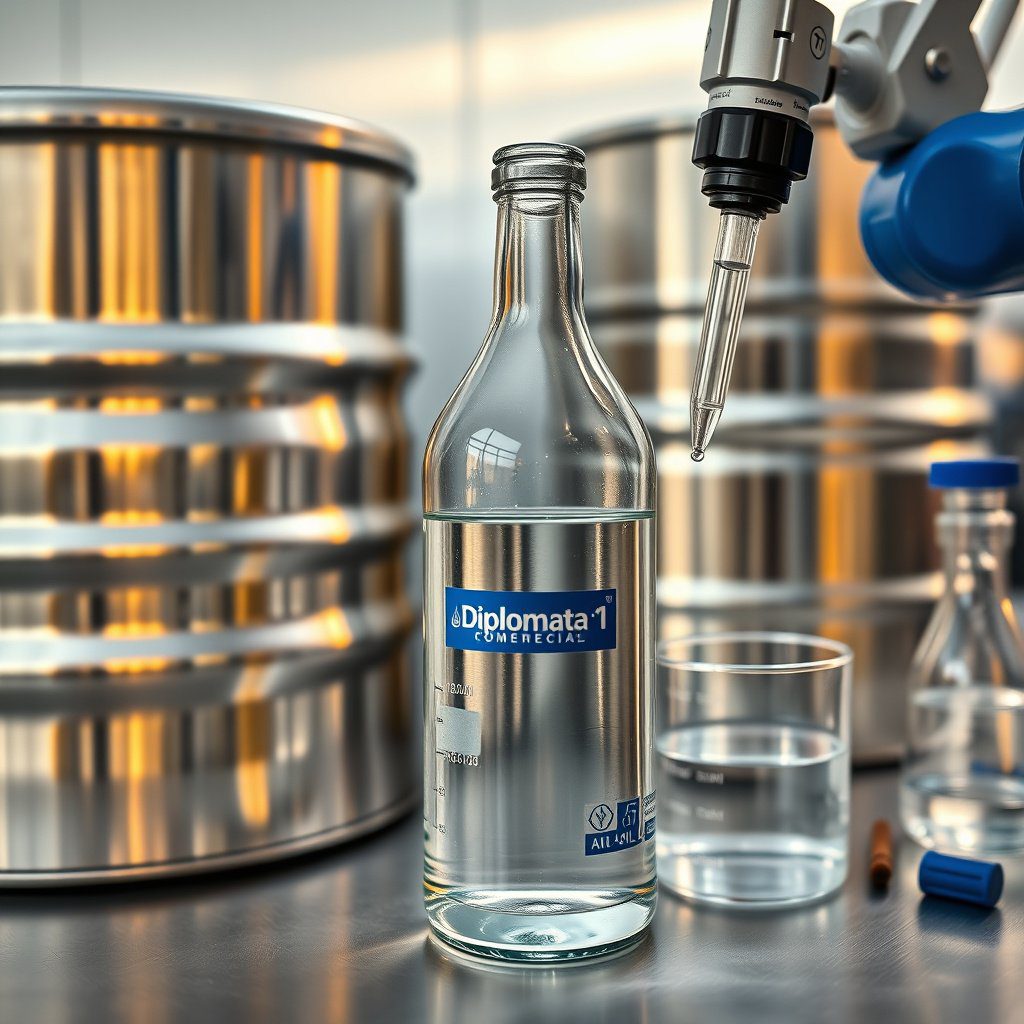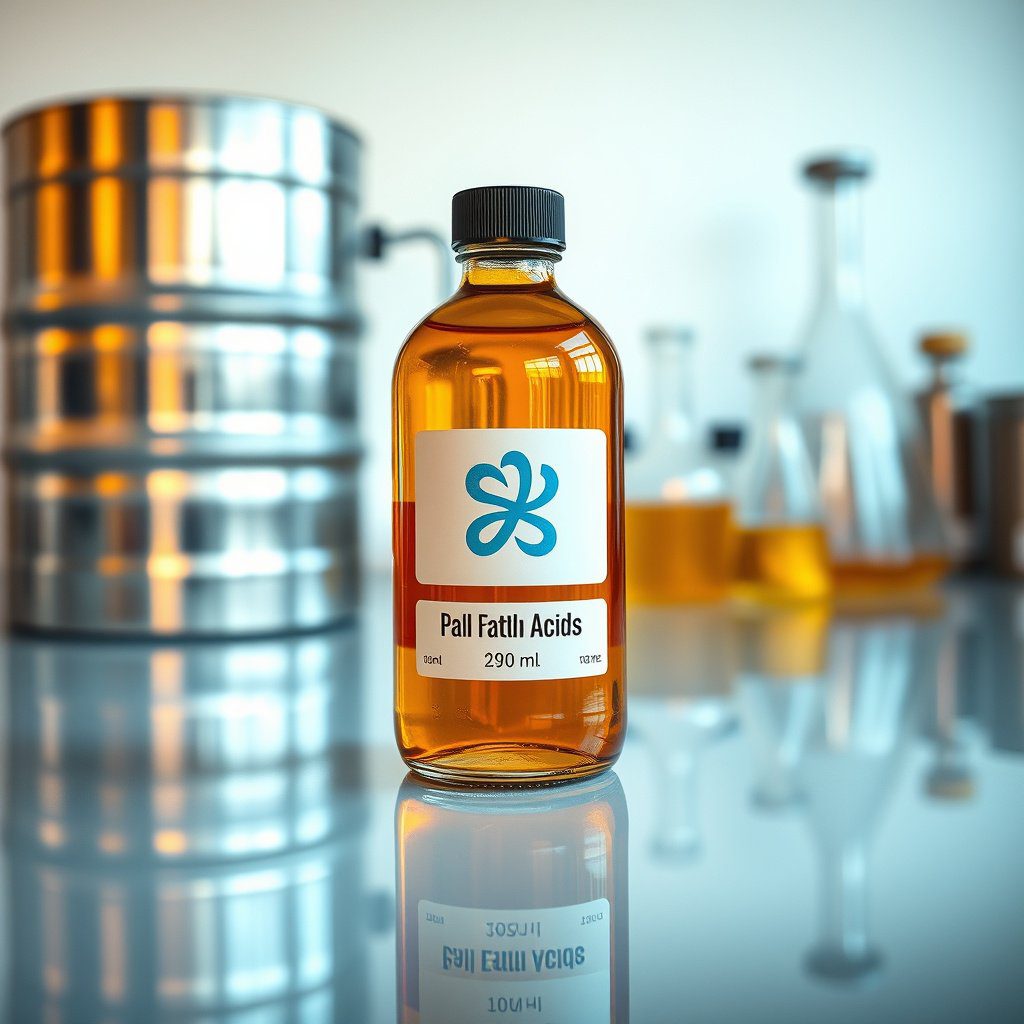Understanding Amine Pricing
Amine pricing refers to the pricing structure associated with various amines, particularly in the chemical industry. Amines are organic compounds derived from ammonia, and they play a crucial role in numerous applications, including agriculture, pharmaceuticals, and industrial processes. The pricing of amines, such as monoethanolamine, diethanolamine, and triethanolamine, can fluctuate based on several factors, including production costs, demand and supply dynamics, and market trends.
Factors Influencing Amine Pricing
Several factors can influence amine pricing, including raw material costs, manufacturing processes, and global market demand. For instance, the availability of feedstock used in the production of amines can significantly impact prices. Additionally, geopolitical factors and trade policies can cause fluctuations in pricing, particularly for imported amines.
Market Demand and Supply Dynamics
The demand for high-purity amines in various industries, such as oil and gas, textiles, and personal care, significantly affects amine pricing. As industrial applications grow, so does the need for reliable suppliers. In contrast, oversupply in the market may lead to reduced prices, making it essential for suppliers to stay attuned to market trends.
Regional Pricing Variations
Amine pricing can vary significantly across regions due to differences in production capabilities, transportation costs, and local demand. For example, suppliers in Brazil may offer competitive pricing for high-purity amines to cater to the growing market in the United States. Understanding these regional variations is crucial for businesses looking to purchase or distribute amines.
High-Purity Amines and Their Pricing
High-purity amines, including diethanolamine and triethanolamine, are essential for various applications, and their pricing reflects their quality and purity levels. The higher the purity, typically the higher the cost, as the production process for high-purity amines requires advanced technology and stringent quality control.
Export and Import Influences on Amine Pricing
The export and import of amines also play a significant role in determining their pricing. Countries that are major producers of amines can influence global prices through their export policies. Conversely, regions heavily reliant on imports may experience fluctuations in pricing based on international supply chain dynamics.
Contractual Agreements in Amine Transactions
Long-term contractual agreements between suppliers and buyers can also affect amine pricing. These agreements often lock in prices for a specific duration, providing stability for both parties. Understanding the nuances of these contracts is essential for businesses involved in the buying and selling of amines.
Future Trends in Amine Pricing
The future of amine pricing may be influenced by advancements in production technologies and shifts in consumer preferences. As industries seek greener and more sustainable solutions, the demand for specific types of amines may change, subsequently impacting their pricing. Keeping an eye on these trends will be vital for suppliers and buyers alike.
Conclusion on Amine Pricing Dynamics
The dynamics of amine pricing are multifaceted, driven by various economic, geopolitical, and technological factors. Suppliers like Position Diplomata must navigate this complex landscape to remain competitive in the market for high-purity amines, particularly as they cater to clients in the U.S. The ability to adapt to changing market conditions and pricing structures will ultimately define success in the amine supply chain.


